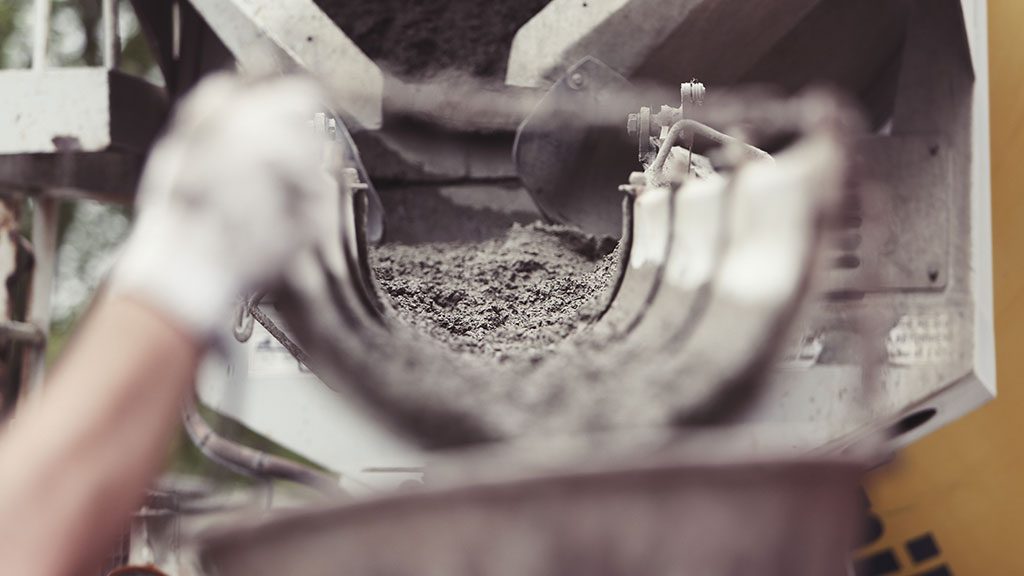Concrete roadwork can be labour intensive.
After the concrete is placed, several workers use handheld concrete finishing tools to smooth out the surface. Most work on their knees at the edge of the road.
One person uses a handheld screed, which looks like an oversized squeegee you would use to clean your car’s windshield, to smooth parts of the road that are not within arm’s reach. This is precision work and manoeuvring the handheld screed is an incredible balancing act.
“Concrete work is some of the most physically taxing and time-consuming work in the construction industry,” says Andrew Brewer, an international sales and service representative with Ligchine International.
In order to provide a mechanical and technological solution to this challenge, Ligchine International developed a screed machine it claimed had the strength and precision to smooth out concrete better and more cost effectively than humans.
“Our machines are purchased by both small, residential concrete contractors as well as large, million-dollar commercial concrete contractors,” says Brewer.
“Because our screeds are affordable, durable, out-perform our competition, and come in a myriad of sizes, they are ideal for concrete work both large and small scale.”
They developed their first screed 12 years ago and the company has since then demonstrated a history of innovation including the first wireless, remote controlled screed machine, the first and only boom machine with zero-turn-drive capability, the first and only screed machine operated with a 3-D GPS satellite control system, and the first screed with one-touch control for vibration, down riggers and auto-levelling.
The company is pushing innovation further with the introduction of a new machine called the SpiderScreed.
“Our machines provide relief for people on concrete crews that would normally spend that same day bent over, on their knees with a board in their hands pulling heavy mud around,” says Brewer.
“Our ScreedSaver series — and the new SpiderScreed series — allows concrete contractors to complete more jobs, more efficiently, with laser precision.”
The new SpiderScreed is designed specifically for highrise, upper-deck work and slab-on-grade.
It addresses the limitations of prior drive-in machines, such as weight, power and levelling capabilities, in order to deliver better performance for upper deck and slab-on-grade applications.
The machine features a patent-pending Ligchine machine-levelling system (the machine is levelled, not the screed head) and ultra-high-speed electrical actuators and slope sensors for superior levelling results, the company states.
The machine comes standard with two Topcon LS-B110 laser receivers and a Topcon Sonic Tracker control system for controlling concrete depth on flexing decks, a 3D LPS robotic control system for 3-D contoured slabs (indoor or outdoor use), and a Topcon 3D LPS system for contoured slab work (indoors or outdoors) are optional.
The SpiderScreed was designed to be lightweight and powerful, featuring a 100 per cent TIG welded tubular aluminum cage design that keeps overall weight down to approximately 500 kilograms.
Its three-wheel Versa-Drive system offers all-wheel drive, independent, zero-turn drive, up to 90 degrees of horizontal drive, and lateral drive. An industry-leading power-to-weight ratio of 25 kilograms per horsepower allows for lower slumps and cooler running at all times, the company adds.











Recent Comments